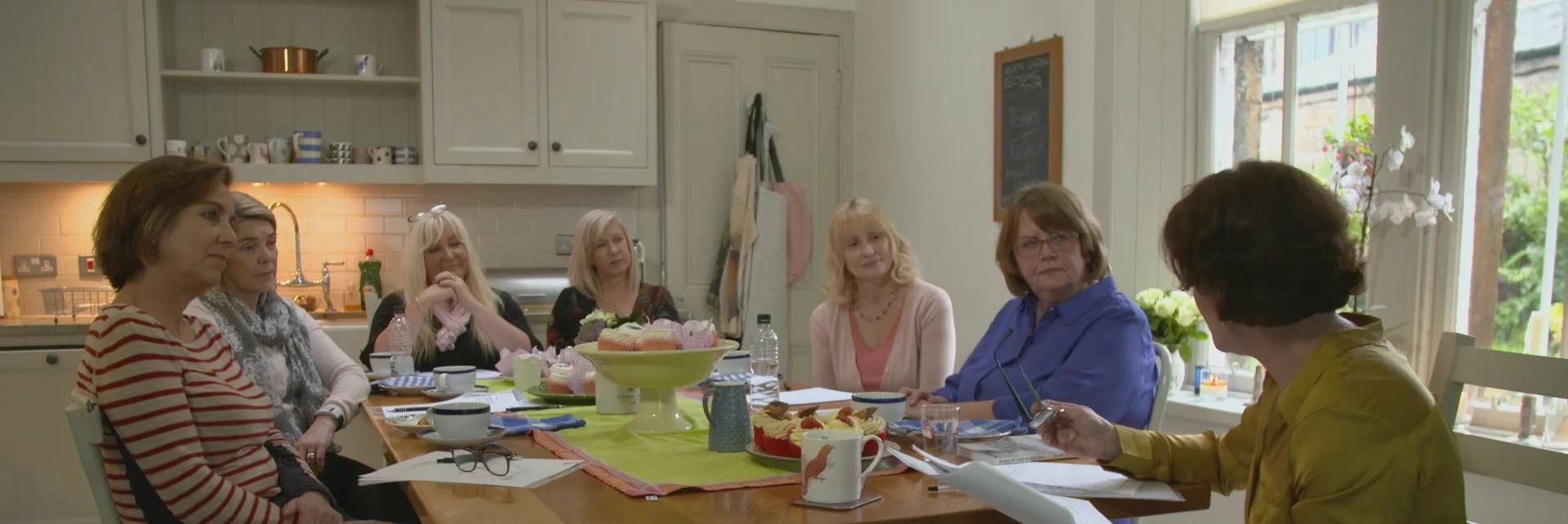Making Hotel Armadillo #1
The evolution of the film
-Nigel Pope
Making “Hotel Armadillo” was very much a team effort involving so many people, passionate about the natural world and of course, Giant Armadillos!
However the most important collaboration for the film team here at Maramedia, was the special relationship we forged with RZSS scientist Arnaud Debiez and his team.
We had been chatting to Arnaud about his research for a few years but first met when he was visiting Edinburgh Zoo. He was performing a comedy routine about Armadillos to raise awareness (and funds!) for the incredible Giant Armadillo that lives in the Pantanal wetland of Brazil. Arnaud and his team at the Giant Armadillo Project had discovered that Giant Armadillos were far more important to the biodiversity of the Brazilian Pantanal than we could have ever imagined. With their super hero digging skills and immense strength, they create beautifully excavated burrows from the hard ground each night. These become ideal homes and refuges for a host of other species from tiny rodents to large silky anteaters. The earth mounds that they create also become an important food source – allowing animals to feed on newly excavated seeds and grubs.
So, in short the Giant Armadillo has a critical role to play in the stunning and biodiverse wetland of Brazil. It is what scientists call an “ecosystem engineer,” in that it modifies the landscape, supporting lots of other species inspiring the “Hotel Armadillo” theme for the film!
But Giant Armadillos like so much of the worlds wildlife are under threat, and we are only just realising how critical and intertwined with the habitat they really are. This makes it even more imperative that passionate scientists like Arnaud from RZSS, and his Armadillo team are able to study these incredible creatures through the generosity of so many supporters. Important conservation awards like the Whitley award have recognised his work and we, as film makers, are able make such a special film to share these stories and that passion with the world and make more people care about a very special creature – The Giant Armadillo.
We are very grateful to BBC Natural World and PBS Nature for commissioning us to make such a film.
'The Giant Armadillo Project' are eternally grateful to all those involved in making it as successful as it has been so far and would like to thank everyone involved .














![North Ron sky[10].jpg](https://images.squarespace-cdn.com/content/v1/553f926ce4b0a46bddb4baf6/1481295007081-L353Y2I64QDSHAFNMADH/North+Ron+sky%5B10%5D.jpg)




